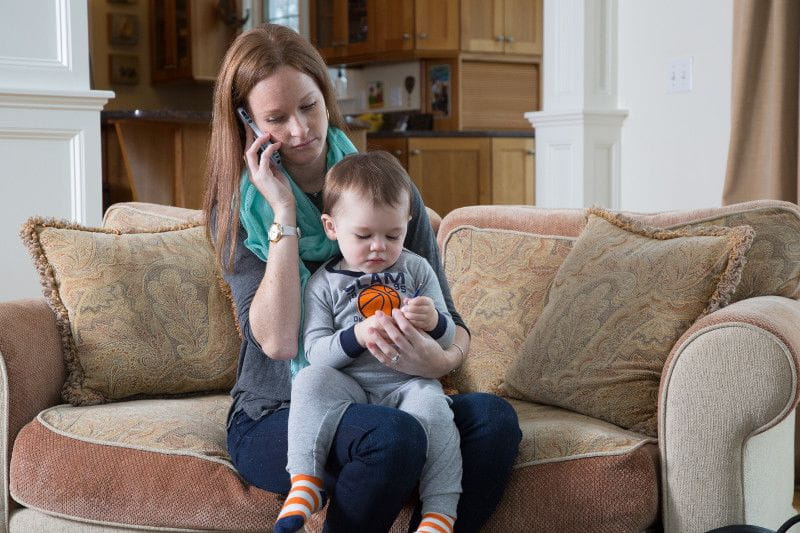October is manufacturing month, four weeks dedicated to understanding the manufacturing industry, and finding solutions for its labor shortage. Check this space for HR insights on manufacturing and frontline challenges and how to solve them.
Manufacturers spend a lot of time worrying about efficiency on their lines.
They should equally concerned about whether their people are able to get there.
So hints a study from Harvard Business School detailing conflicts between caregiving and jobs.
The Caring Company study of more than 1,500 employees shows what study authors call “hidden organizational costs” in turnover and absenteeism related to family responsibilities. A full three out of four employees are caregivers. And they’re leaving jobs because of it -- more than half to care for a newborn or adopted child; roughly a third related to care for an elder relative.
“The spectrum of care, from childcare to eldercare, ranges across every demographic in the organization,” wrote the authors. “Workers of all ages and levels of seniority are affected.”
The Effects of Caregiving on Manufacturing
The findings reflect employees across industries. But they may have particular weight for manufacturing, where unplanned absences are especially dire. Manufacturing lines rise and fall with the workforce. As the Wall Street Journal pointed out not long ago, “The operation halts without people coming to work every day.”
And people are missing work. The danger for manufacturing workers may be the shortage of benefits to support them. The highest-paid employees, notes a BenefitsPro synopsis of the Harvard study, have the most support options. Not so at the other end of the spectrum where entry level and frontline workers have the double whammy of less-generous benefits and a harder time affording care. “The report,” says Benefits Pro, “suggests that organizations redesign benefits to relieve caregiving stress for middle or lower-wage workers.”
Recruitment and Retention in an Industry in Transition
There’s more than just productivity at stake. The irony of manufacturing is that even as the number of jobs has decreased, the number of job vacancies has grown – nearly doubling since the early 2000s. That’s owing to what the Bureau of Labor Statistics calls “the gap between the skills workers have and the skills employers need.” It’s put skilled frontline workers in demand, making them the object of fierce competition. “We have manufacturers calling us weekly, wanting to hire our students,” a welding-school president told the Bureau of Labor Statistics a few years ago. And it’s left a mark – changing the way organizations recruit. Major frontline employers have begun offering family supports (such as back-up care) beyond their corporate offices. Frontlines across industries are prioritizing jobs based on the benefits they want.
The dynamics point to a recruitment and retention problem that has largely gone under the radar. Another key finding of the Caring Company study was the disconnect between employer assumptions and reality.
- More than 80 percent of employees with caregiving responsibilities admitted that caregiving affected their productivity.
- Yet only 24 percent of employers saw caregiving as a productivity problem
A similar gap exists between the benefits employers offer (only 22% of surveyed employers offer on-site or near-site child care) and the supports desired by working parents (more than 60% of employees say it would help them do their best work). That means there are solutions – if only employers would look. “U.S. firms are facing a caregiving crisis,” said one of the study’s authors. “It is clear that firms can gain a competitive advantage by investing in a care culture. But first they need to recognize the problem and implement a deliberate care strategy to support their employees.”





